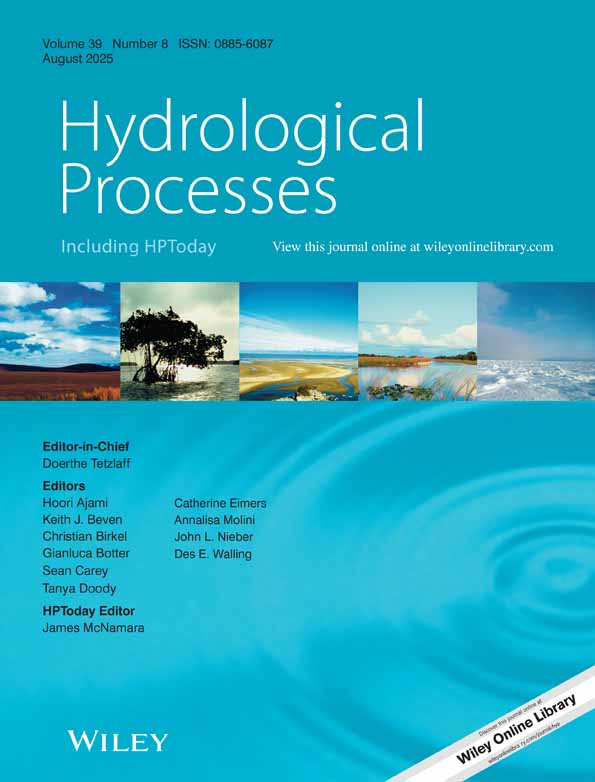A two-dimensional hydrodynamic model for flood inundation simulation: a case study in the lower Mekong river basin
Abstract
The lower Mekong basin is frequently affected by floods. Prolonged floods disrupt daily activities and cause huge socio-economic damage almost every year. An advanced flood warning system could provide achievable non-structural measures for reducing such damages. With a view to developing an advanced flood warning system, a distributed hydrodynamic modelling approach has been adopted for simulating a flood inundation phenomenon in the lower Mekong basin. A modelling system with a one-dimensional (1-D) river flow model and a two-dimensional (2-D) surface flow model has been used for simulating flood inundation. In the model, exchange of flows between the river and surface floodplain is calculated through established links, which determine the overflow from river nodes to surface grids or vice versa. These occur due to overtopping or failure of the levee when water height surpasses levee height. The model has incorporated detailed information about urban terrain features like embankments, roads, bridges, culverts, etc. in the simulation. A geographical information system (GIS)-based comprehensive raster database of different spatial data layers is prepared and used in the model development. An explicit solution scheme is used for numerical computation, which considerably reduces the run time and makes the model suitable for use as a flood warning system in a large river basin. The model simulated results in the lower Mekong basin have shown close alignment with the observed data in terms of water level and discharge in various river gauging stations and flood extents in the floodplain and from the results it can be inferred that the model can predict the magnitude and duration of flood inundation to a reasonable level of accuracy. Copyright © 2007 John Wiley & Sons, Ltd.




